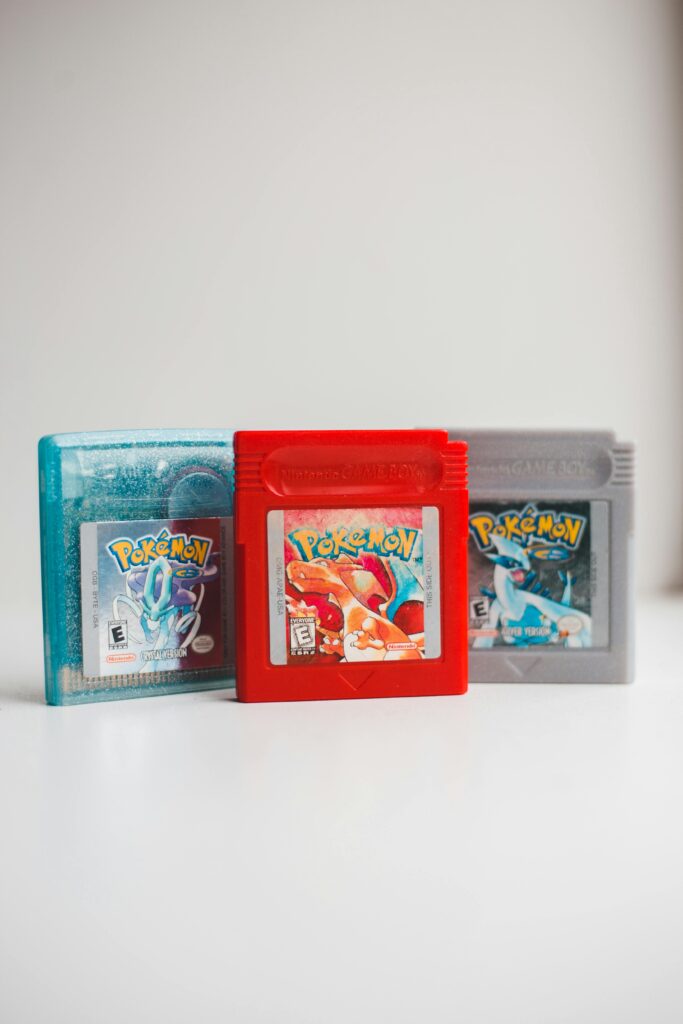Pokemon EX & Diamond/Pearl Eras (2003–2010) – History Part 3
Power, Rarity, and a New Era of Pokémon Cards Welcome back, Trainers! At Cardzards, where we Find Magic in Every Card, we’re diving deep into the timeline of the Pokémon TCG—and today we’re hitting a pivotal chapter in the hobby’s evolution: the EX Series and the Diamond & Pearl Era. Following the end of the Wizards of the Coast license, Pokémon took a bold leap forward by bringing the card game in-house under The Pokémon Company International (TPCi). With that shift came new gameplay mechanics, fresh card designs, and Pokémon fans everywhere wondering: What’s next? Let’s explore how this era shook up the game—and why it holds a special place in the hearts of collectors today. 🧬 The EX Era Begins (2003–2007) Power Creep, Gold Stars & Big Plays 🎴 Goodbye WOTC, Hello Nintendo After Wizards of the Coast printed its final Pokémon set (Skyridge), the license moved to Nintendo, and the EX Series was born. This era kicked off with EX Ruby & Sapphire in 2003 and introduced a major shift in how cards were designed and played. 🆕 Key Features of the EX Era 🧪 Notable EX Sets 💎 Gold Star Pokémon — The Crown Jewels Let’s pause for a second—because no conversation about the EX era is complete without the Gold Stars. These ultra-rare cards, illustrated by legendary artist Masakazu Fukuda, featured Shiny Pokémon with a ★ symbol. Examples like: …are now considered holy grails in collecting, with graded copies often selling for thousands of dollars. 🌠 Diamond & Pearl Era (2007–2010) Evolution, Legendaries, and the Rise of Level X After a strong EX run, the Pokémon TCG transitioned into the Diamond & Pearl generation alongside the release of the Gen IV video games. This era introduced some of the most iconic Legendary Pokémon and refined the game’s power balance yet again. ⚡ What’s New in the Diamond & Pearl Era? 🧾 Notable Diamond & Pearl Sets 🏆 Collector Takeaways: What Makes These Eras Special? ✅ Pros of EX & Diamond/Pearl Eras: ❌ Challenges for Collectors: 📈 The Market Outlook Collectors are starting to circle back to this era as the WOTC market becomes harder to break into due to high costs. The EX & D&P eras offer: 💡 Pro Tip: If you’re looking for long-term investments, picking up raw or lightly played EX-era cards and grading them could pay off significantly down the line. 🧠 Bottom Line: Underrated, but Not for Long The EX and Diamond & Pearl eras may not have the immediate name-recognition of the WOTC classics, but they’re packed with some of the most powerful, beautiful, and underappreciated cards in the Pokémon TCG. Whether it’s a shimmering Gold Star or an ultra-cool LV.X, these cards tell the story of Pokémon evolving—literally and figuratively. And if you ask us here at Cardzards, we believe these eras are quietly becoming the next frontier of vintage collecting. ✨ Find Magic in Every Card.Thanks for exploring the EX & Diamond/Pearl era with us. Stay tuned for Part 4: Black & White and the Rise of Full Arts!
Pokemon EX & Diamond/Pearl Eras (2003–2010) – History Part 3 Read More »

